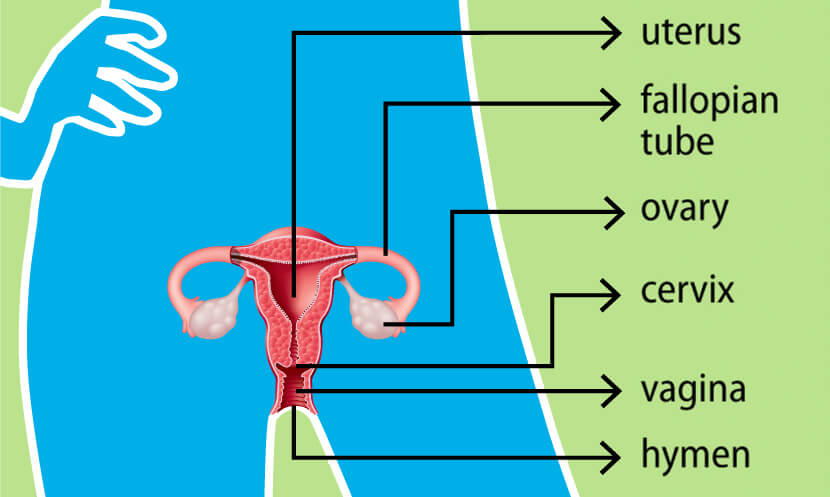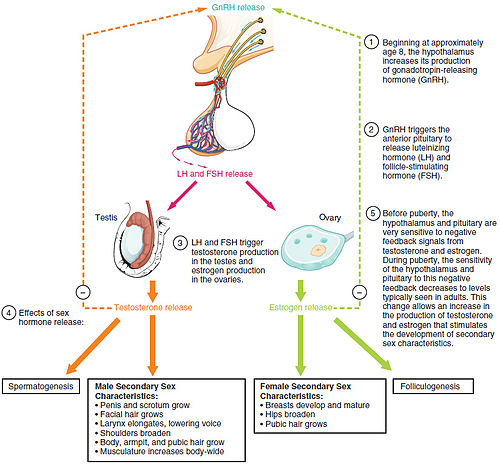Ovary Health: Understanding the Key to Fertility Success
– The ovaries are located on either side of the womb in the pelvis.
– Each woman has two ovaries.
– The ovaries are oval in shape and about four centimeters long.
– The ovaries produce eggs for fertilization.
– The ovaries produce reproductive hormones such as estrogen, progesterone, and androgens.
– The functions of the ovaries are controlled by hormones released from the hypothalamus and pituitary gland.
– Ovulation is the process of releasing an egg from the ovary.
– A female baby is born with around two million eggs, which decreases to about 400,000 by puberty.
– Menopause refers to the end of a woman’s reproductive years, usually around 51 years old.
– Menopause is caused by the loss of follicles in the ovary.
– The ovaries produce the hormones estrogen and progesterone, which regulate the menstrual cycle.
– Estrogen production dominates in the first half of the menstrual cycle, progesterone production dominates in the second half.
– Ovaries also produce small amounts of male hormones called androgens.
– Medical conditions that affect the ovaries can decrease fertility.
– Premature ovarian insufficiency is when the ovaries stop functioning before the age of 40.
– Hormone replacement therapy is a common treatment for restoring missing ovarian hormones.
– Conditions like Turner syndrome or damage from treatments like chemotherapy can affect ovarian function.
– Polycystic ovary syndrome affects 8-13% of women of childbearing age.
– PCOS can cause stunted follicles, cysts in the ovaries, excess male hormones, irregular or absent periods, and a higher risk of type 2 diabetes.
– Amenorrhea is the absence of menstrual periods during reproductive years and can be caused by various factors.
– Factors like low body weight, excessive exercise, and psychological stress can affect ovarian function.
– Disorders of the pituitary gland, such as hypopituitarism caused by pituitary tumors or excess prolactin, can also impact ovarian function.

